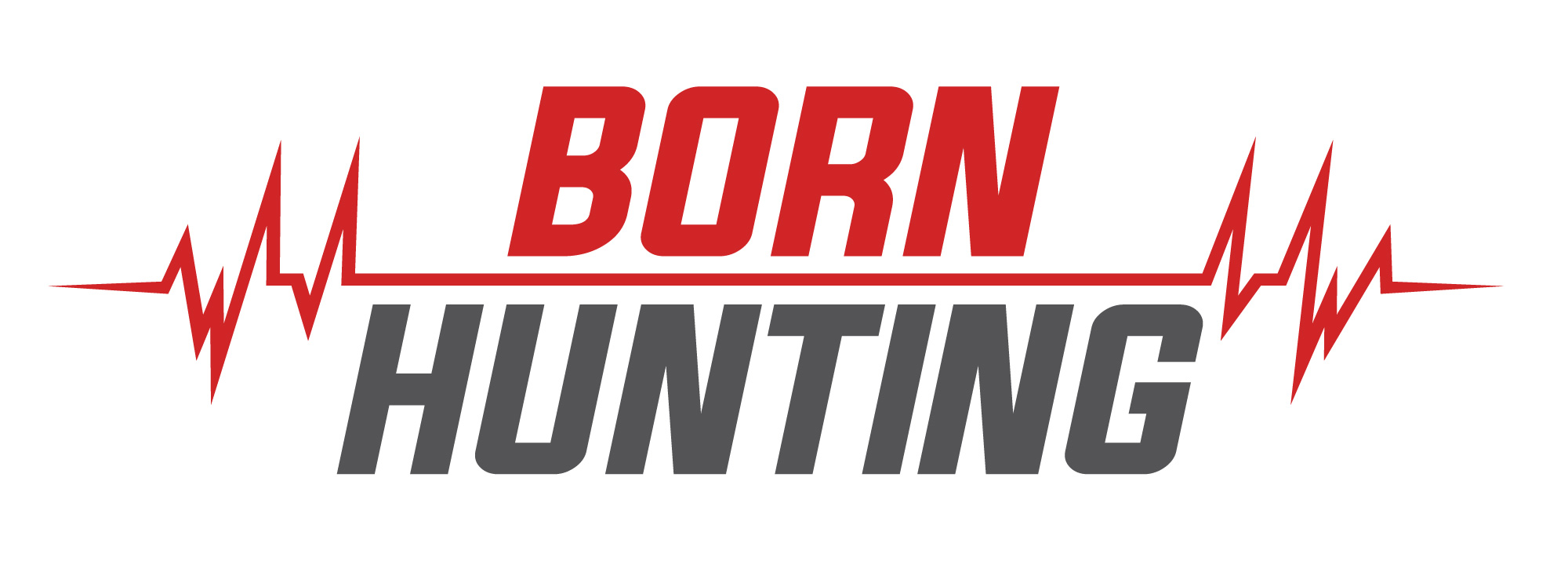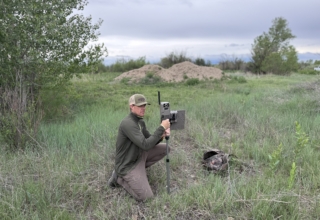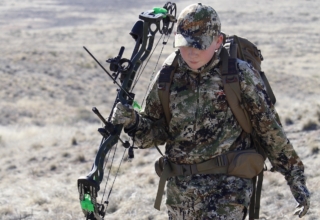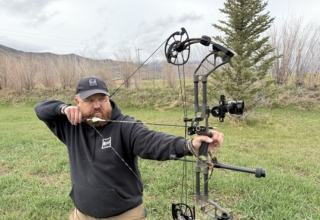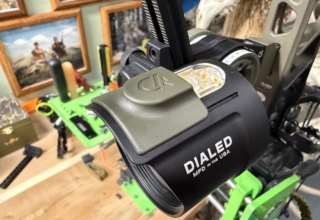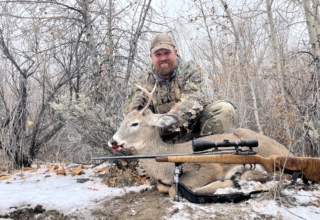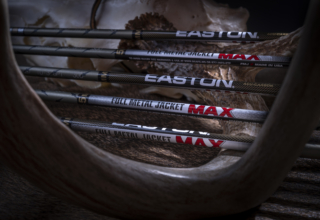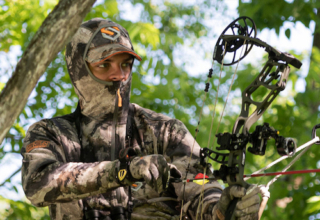You don’t need to mortgage the house to be more efficient in the field next season. These 10 gear items all cost under $100 and will enhance your outdoor experience.
by Zach Bowhay
I am as guilty as the next guy about loving the newest high-end gear and buying many products, which can get expensive in a hurry. That’s why I love it when I find awesome gear that is well-built, useful, and won’t break the bank. I have never composed a list like this, but it has been fun. Some are newly released products, some I had just recently tried, and others have been around for a while. They’ve proven to be excellent products that have enhanced my outdoor experiences.
Crazy Creek Hex 2.0 LongBack Chair ($85)
This may be my favorite piece of gear I’ve tested over the past few years. When I received this chair last fall, I didn’t know what to think. I always carry a glassing pad, but this chair was heavier than my usual setup, which gave me pause.
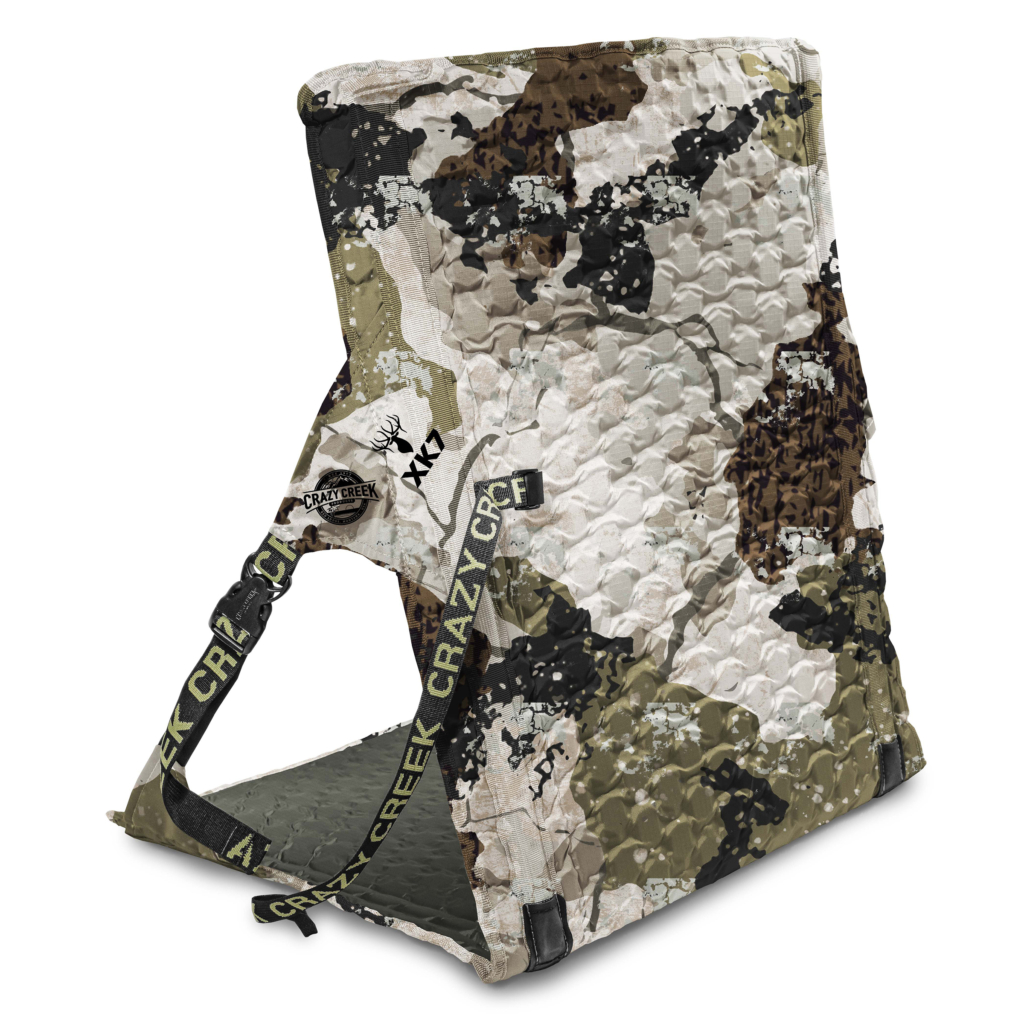
My wife and I were going on her dad’s elk hunt, and she said, “I’m going to pack this thing today.” During a midday break, she broke it out and tried it. After giving it a thumbs-up, I decided to give it a go. I can’t express how much I love and use this chair. I am supremely comfortable in every glassing session now, and it will be fantastic for turkey hunts and predator-calling setups. It rolls up and straps easily to your pack. It’s more comfortable than I ever imagined, well-built, and will ast many seasons.
Grakksaw Backcountry Bootdryer ($80)
While walking through the Western Hunt Expo in SLC last winter, I came across the Grakksaw booth. The name caught my eye, so I stopped to take a look. The company makes excellent products like lightweight game bags and skull hangers, but what caught my attention was the Backcountry Bootdryer.
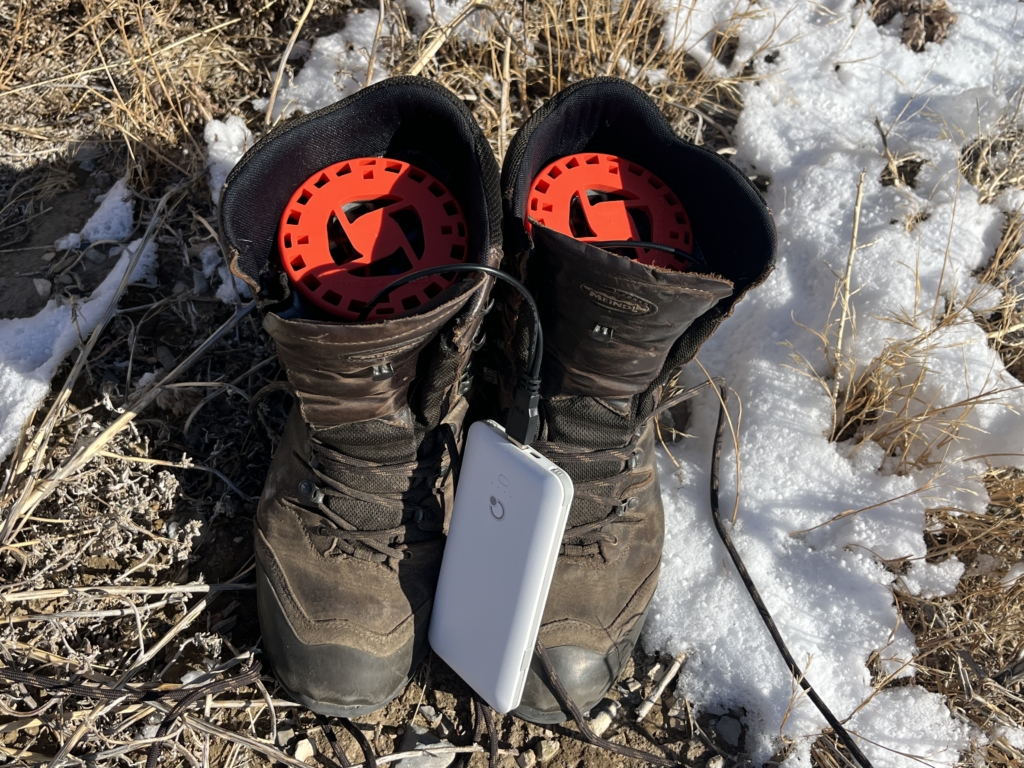
I’ve had boot dryers before, but they were big, cumbersome, and required significant power to run. That’s not the case with the Grakksaw product. These boot dryers are small enough to stow anywhere and use so little power that they can run for hours on a small power bank. I used them all fall at base camp and was very impressed. They dry boots quickly with a heat source nearby, preparing you for the next day. Without a heat source, it takes longer, but they still get the job done with extended runtime.
Silky Saw Zubat Professional 300MM ($94.99)
I haven’t carried a saw in my pack for years because it’s just not something I’ve found necessary for most hunts. These days, I euro mount nearly every buck and bull I harvest and handle the butchering without needing a saw. However, that approach left me in a tricky situation during an elk hunt last October.
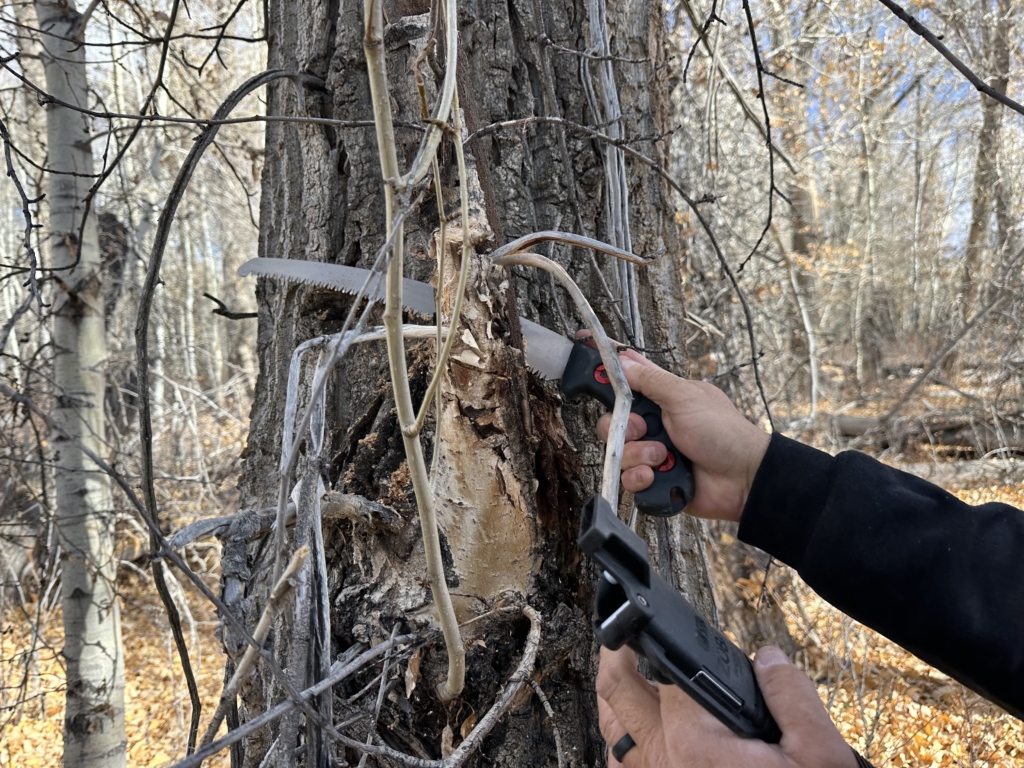
I had just shot a nice six-point bull with my muzzleloader. In his final sprint, the bull jumped over a large, downed tree, stumbled, and rested underneath it. The tree was big enough that I couldn’t move the bull to work on him properly. Fortunately, my wife brought a saw to the site, which made things much more manageable and saved the day.
The next day, I decided to add a saw to my kit and asked my buddy Art for a recommendation. He suggested the Silky Saw, and I was impressed after giving it a try. It cuts through wood and bone effortlessly, and it’s built to last.
The Silky Saw has earned a permanent spot in my pack. It’s lightweight, reliable, and gives me peace of mind, knowing I’m prepared for challenges in the field.
Kestrel Rear Shooting Rest ($49)
Over the years, I’ve experimented with many different front-shooting rest options for my rifle, trying to find the best one that suits my style and needs. After much testing, I’ve finally settled on the Spartan bipod. The bipod provides solid, reliable support and works well in most situations. However, regarding rear support, I’ve always had to make do with improvised solutions.
Typically, I’ve used my bino harness or rolled up a coat to place under the stock of my rifle to keep it steady.
That changed when I was introduced to the Kestrel Rear Shooting Rest this spring. This product is surprisingly simple yet incredibly effective. It weighs just 1.8 ounces, adding virtually no weight to my pack and fitting neatly in the back of my bino harness, always ready when needed. Once in place, it holds my rifle steady with minimal movement, giving me a much more stable shot.
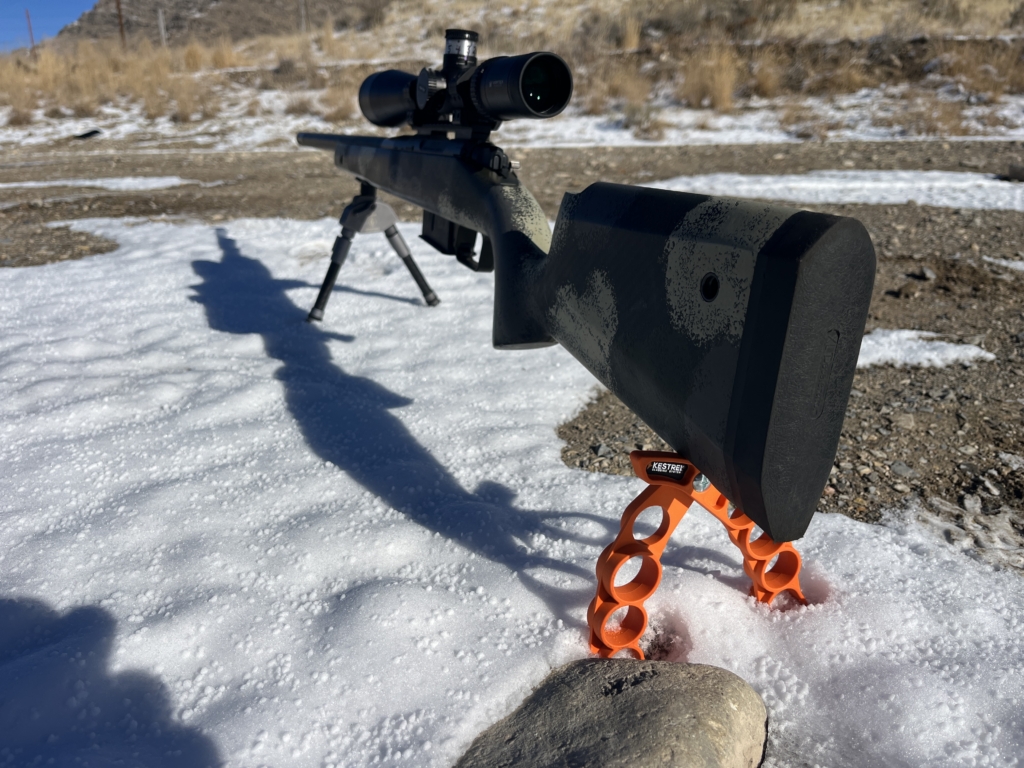
Adjusting the height is quick and easy, with just a squeeze of the hand to raise or lower it to the perfect position. This small, lightweight rest has quickly become a game-changer for improving accuracy and stability.
Spartan Precision Equipment Davros Head ($75)
When prone shooting isn’t an option, having a solid platform to shoot from becomes crucial to ensuring accuracy and stability. Over the years, I’ve found the Davros Head from Spartan to be a game-changer. If you haven’t checked it out yet, it’s worth looking at.
This incredibly stable system gives you a rock-solid foundation for mounting your rifle, especially when sitting or waiting for game.
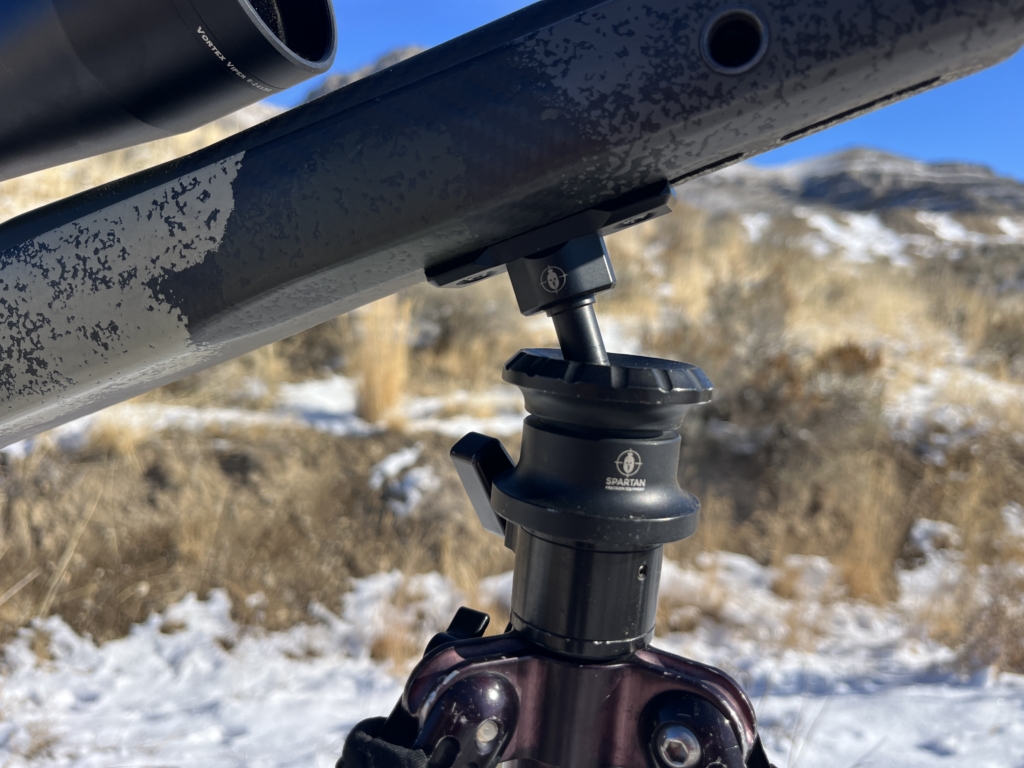
The design makes it easy to attach to most tripods or modern shooting sticks, giving you flexibility depending on the situation. What I like about the Davros Head is how it integrates seamlessly with the Spartan bipod system. If you’re already using Spartan bipods, you can quickly switch between the Davros Head and a lay-down bipod, allowing you to adapt your shooting setup quickly, whether on uneven terrain, seated, or facing other challenges in the field. It’s a versatile and dependable solution for those moments when stability is critical.
Tricer Bino Adapter ($79)
You’re missing out if you spend a lot of time glassing with binoculars but haven’t yet tried using a tripod. Mounting your binoculars on a tripod will help you spot more critters easily and accurately.
I’ve been using the Tricer-QB bino adapter this year, and it has quickly impressed me. The adapter has mounting studs for two pairs of binoculars, so you can easily switch between different sets if needed. It also features an Arca-Swiss adapter mount, which makes attaching the binoculars to a tripod quick and straightforward. Despite its robust functionality, it’s lightweight and easy to stow in your pack.
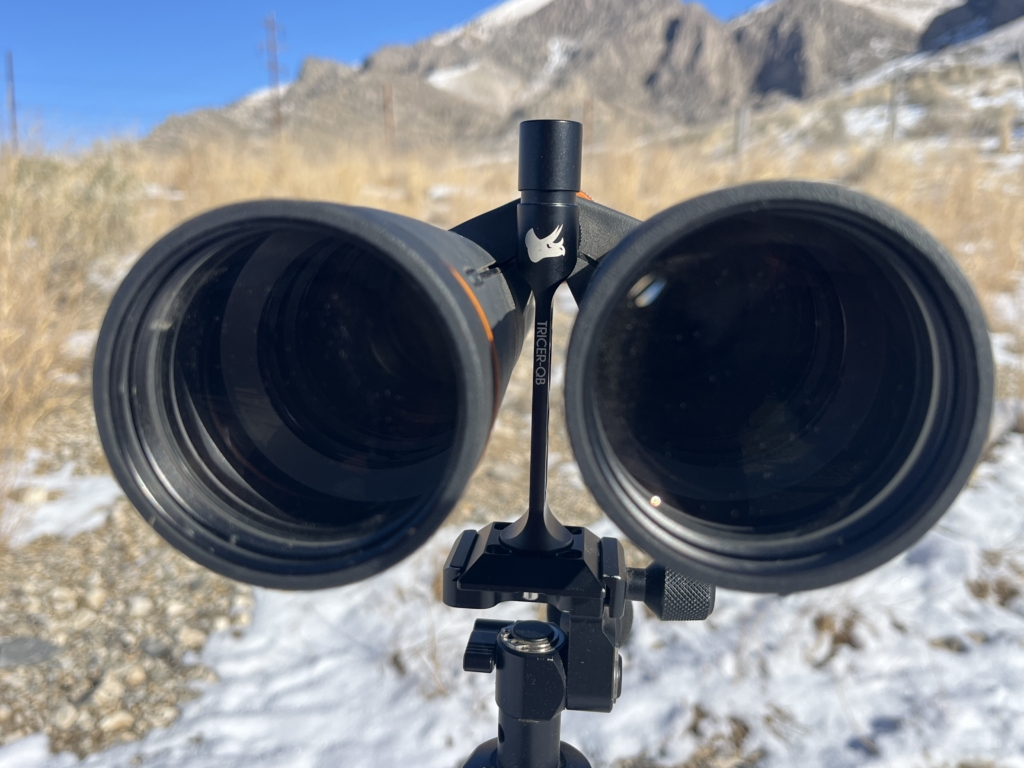
The best part is the quick-release button, which makes attaching and detaching the binoculars smooth. This saves time and effort when you need to quickly get your gear in position. Overall, it’s an efficient and practical addition to my gear.
Flextail Max Pump 3 ($50)
At first, the Flextail Max Pump 3 seemed a bit gimmicky. Then, my buddy Dustin showed me how quickly he could inflate our sleeping pads. Even better, when it came time to break camp, the pump completely deflated the pads, allowing me to roll mine up smaller than ever, which saved a ton of space in my pack.

After that experience, I decided to pick up the Flextail Max Pump 3 and have been testing it ever since. It’s great for backpacking trips and handles more extensive air beds at base camp or home without a hitch. As a bonus, it doubles as a lantern, making it a fantastic dual-purpose tool perfect for inflating gear and lighting up your camp. It’s a compact, efficient tool that has quickly earned a spot in my gear kit.
Worksharp Pocket Knife Sharpener ($18)
A sharp knife is crucial when breaking down animals in the field. While getting by with a dull blade is possible, the process is far more complicated, time-consuming, and frustrating. A sharp knife speeds up the job and ensures cleaner, more efficient cuts.

That’s precisely why I always carry the Worksharp Pocket Knife Sharpener. It’s become an essential tool, and I frequently use it to keep my blade sharp during game processing. This sharpener won’t restore a completely dull knife to a like-new edge, but it excels at maintaining the sharpness of your blade throughout the task. Whether it’s a few quick strokes before or a more thorough touch-up, the Worksharp Pocket Knife Sharpener helps ensure your knife stays in top shape, making the whole process smoother and more efficient. Its compact design makes it easy to carry, so it’s always there when I need it most.
Initial Ascent Pack Sacks ($14-$17)
I’m not a fan of packs that have too many pockets. Regarding organization, it’s such a personal and situational thing that extra pockets can quickly become more of a hassle than a help. They often add unnecessary weight, make it harder to find what you need, and can create confusion when trying to stay organized in the field.
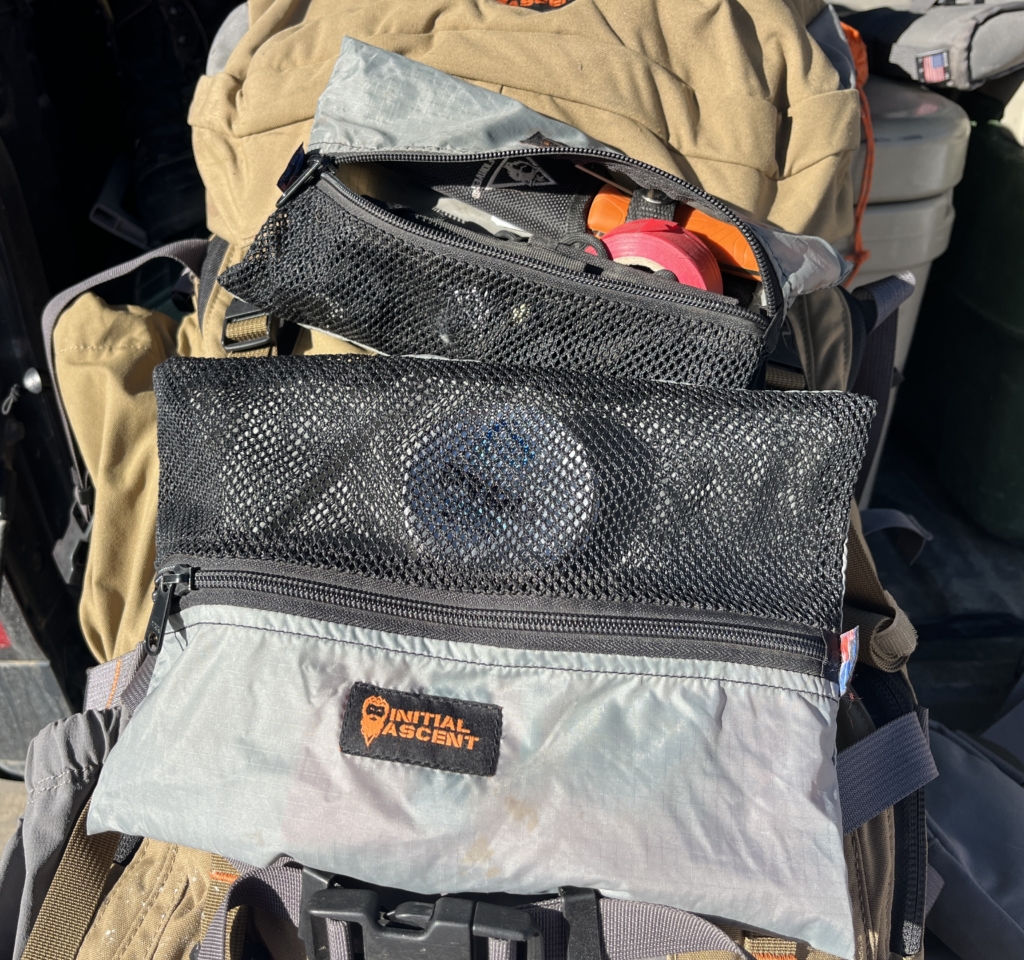
That’s why, for several years now, I’ve relied on Initial Ascent Pack Sacks to keep my gear in order. These sacks are lightweight and durable and come in four different sizes, ranging from 4″ x 8″ to 10″ x 14″. This variety allows me to organize everything from small items like snacks or batteries to larger pieces of gear.
One of my favorite features is the mesh window on each sack, which makes it easy to quickly identify the contents without opening each one. Whether hunting, camping, or on a more extended backcountry trip, these simple and effective bags have become my go-to solution for staying organized in my pack. They save me time and frustration when I need to grab something quickly. They offer the perfect balance of organization without the bulk or complexity of excessive pockets.
Caribou Gear Hunters Tarp ($70)
As a gear writer, I frequently test products I expect to keep out of my kit for the long haul. The Hunters Tarp is one of those items that surprised me in a big way.
It’s compact, lightweight, and incredibly versatile, making it one of those products that’s easy to overlook initially but quickly proves its worth. I now use it on nearly every kill to wrap the animal’s skull, which helps keep blood off me and my pack, an often overlooked function. The bright orange color is also a bonus, as it stands out and helps signal to other hunters in the area.
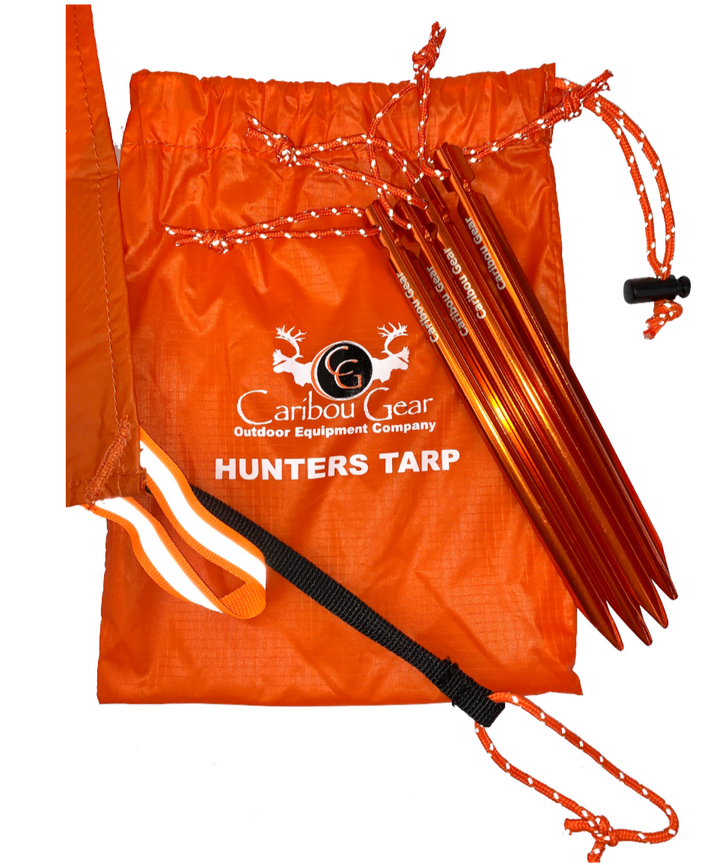
Beyond its use for animal processing, the tarp is great for creating shade on hot days or providing shelter when dealing with rain or snow. This simple gear item is a game changer whether I’m trying to stay cool or dry. Its ability to perform multiple roles in a lightweight, compact package has made it a permanent addition to my kit.
Final Thoughts
As I mentioned, it’s easy to get swept up in the excitement of purchasing expensive, high-end gear, like the latest flagship bow or top-of-the-line rifle. While these more significant purchases can undoubtedly be fun and may improve your overall performance, I’ve found that the smaller, simpler items often provide the most value in the field. These unassuming pieces of gear are the ones that make a real difference in terms of efficiency, comfort, and convenience when you’re out there.
Sometimes, it’s not about having the most expensive or flashy equipment but the right tools for the job. Items like a reliable sharpener, a compact tarp, or a lightweight gear sack can improve your overall experience in ways you might not expect. These are the kinds of products that make day-to-day tasks easier, helping you stay organized, prepared, and effective. Over time, I’ve found that these smaller investments often pay off more than any single high-ticket item, which is why they’re worth exploring.
